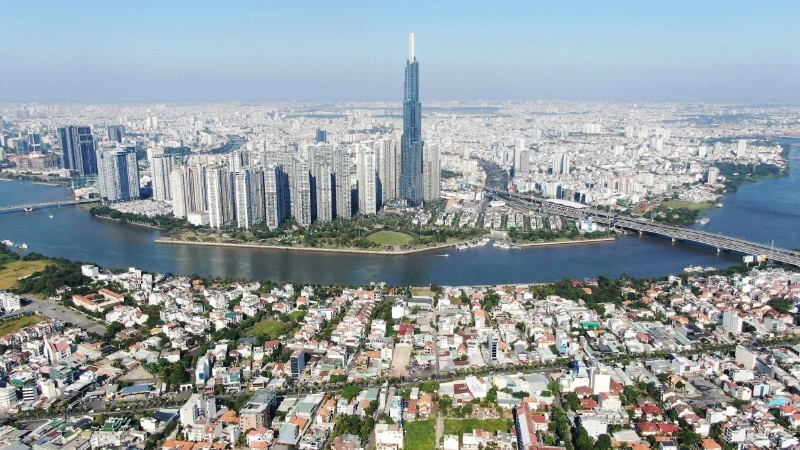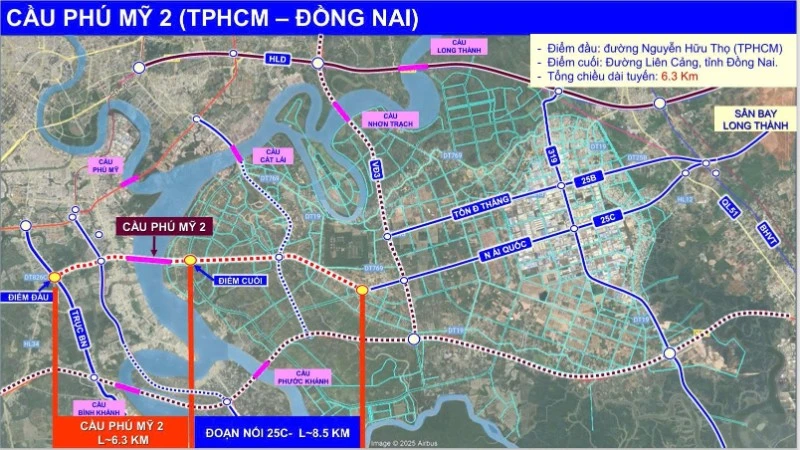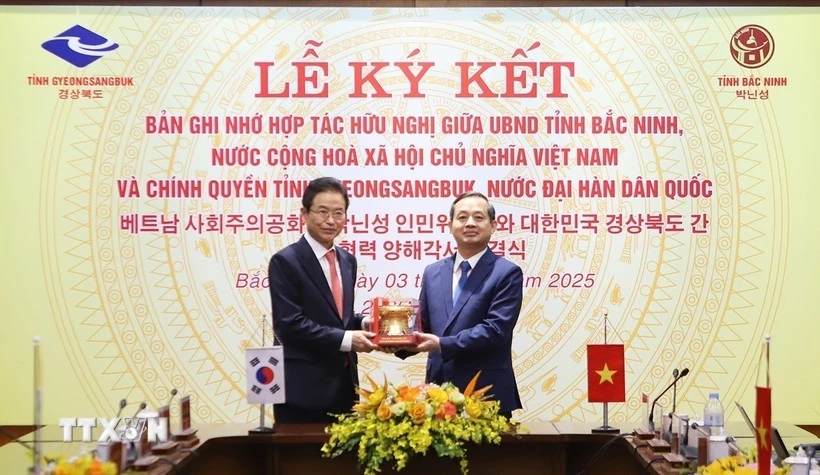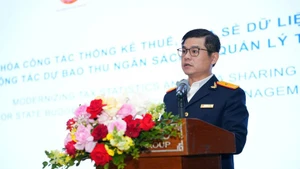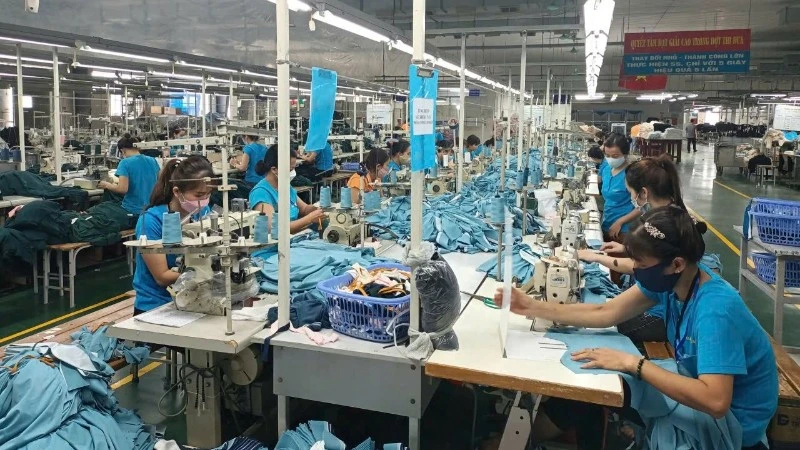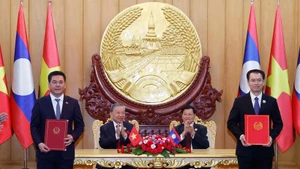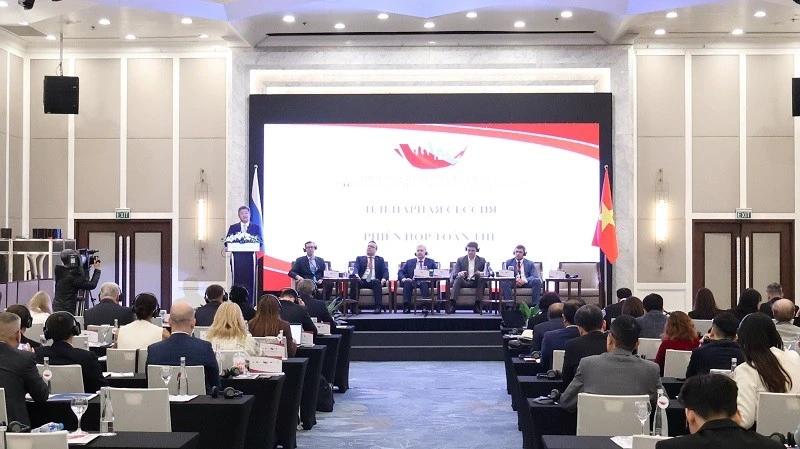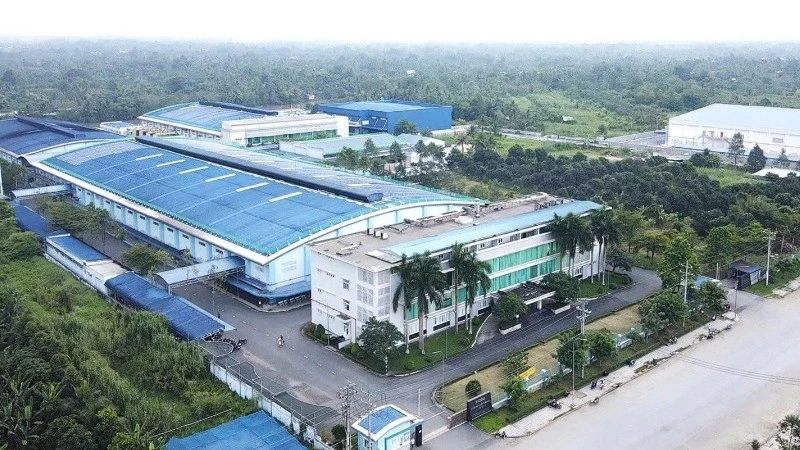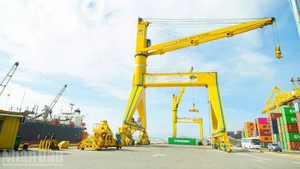The southern city defines the development of quality, high-value services not only as an economic goal but also as a strategy for sustainable and modern urban development with its own distinct identity. At the same time, it serves as a fundamental solution to enhancing competitiveness, international standing, and improving citizens’ quality of life.
Great potential and ample room for growth
According to the draft project “Building Ho Chi Minh City into a major service hub of the country and the region with high-end, modern, value-added service industries”, the city stands as the nation’s leading centre for services and economy, with its GRDP ranking first nationwide and contributing 25% to the national GDP. The added value of its service sectors accounts for about 31% of the total added value of the national service sector in 2024.
The city’s key service industries not only play a pivotal role in socio-economic development but also serve as a core driving force for economic growth. The group of nine main service sectors accounts for more than 90% of the total value of the service sector, with an average growth rate of 8.1% during the 2010–2024 period. However, in the former Binh Duong and Ba Ria–Vung Tau provinces, the proportion of these nine industries was lower, at 87% and 78%, respectively.
The synergy among the three localities has created a more diverse, rich, and modern service landscape. Binh Duong contributes its strengths in logistics, transportation, and warehousing, while Ba Ria–Vung Tau adds remarkable value through seaport services, international transport, and tourism.
Experts believe that this combination is expected to expand and elevate the city’s service value chain—making it not only more diverse but also higher in added value—helping the city become the leading service centre of the country and the region. The former Ho Chi Minh City continues to play the central role in most service industries, especially high-quality and high-value sectors. It maintains its leading position by contributing over 30% of the nation’s total value in science and technology, healthcare, transportation, finance, banking, and insurance. In wholesale and retail trade, import–export, accommodation, and food services, the city still accounts for about 20–30% nationwide.
Former Binh Duong makes its most prominent contribution in services linked to industrial production, such as industrial real estate, transport, warehousing, and logistics—accounting for about 3–5% nationally. Former Ba Ria–Vung Tau has its own advantages in seaport services, international transport, and resort tourism, contributing around 3% nationwide and creating a distinct competitive position.
Therefore, after the merger, the new city will make an outstanding contribution to the country’s service structure with a “three-in-one” advantage: maintaining the role of a high-value service centre (finance, banking, insurance, science and technology, IT, telecommunications, healthcare) from the former Ho Chi Minh City; incorporating logistics from Binh Duong; and expanding into seaport, international transport, and tourism services from Ba Ria–Vung Tau. This synergy not only helps the new city maintain its position as the national leader in various service sectors but also creates a more diverse and comprehensive service structure.
Breakthrough solutions
Despite achieving many positive results, the city’s service industries have yet to develop in line with their potential and position, still revealing several unsustainable elements and notable concerns. For instance, traditional service sectors continue to hold a high proportion compared to high-end, modern, value-added ones; the shift towards higher-value services remains slow compared with major cities in the region; and most service enterprises are small and medium-sized.
The infrastructure supporting service industries remains inconsistent, with limited connectivity, frequent congestion, and inadequate capacity to meet development demands. Competitiveness is still constrained across many service sectors, particularly in financial services.
According to Nguyen Van Dung, Vice Chairman of the municipal People’s Committee, the city aims to become a metropolis on par with major global cities. To achieve this goal, the city is implementing several key tasks: developing and executing the project “Building the city into a major service hub of the country and the region with high-end, modern, value-added service sectors”; developing the city into an international financial centre, gradually integrating into global capital, insurance, fintech, and digital banking markets; promoting logistics as a spearhead economic sector, planning the Cai Mep–Thi Vai seaport and the international trans-shipment port in Can Gio; and improving transport–seaport–warehousing–express delivery infrastructure.
The city also seeks to advance international education and high-quality healthcare services, catering not only to domestic citizens but also international clients, while developing premium tourism as a regional service brand.
Developing financial services, particularly an international financial centre, will drive the growth of related industries and create spillover effects across many other sectors of the economy, thereby enhancing the city’s image and position. The city should give top priority to completing its legal framework, introducing breakthrough policies on taxation and land, investing in synchronised infrastructure, training high-quality human resources, and establishing flexible, transparent governance mechanisms with strong international compatibility.
Associate Professor Dr Tran Huy Hoang, a financial expert and Standing Vice-Rector of Van Hien University
According to experts, to realise the above-mentioned aspiration, the city needs a comprehensive system of solutions that are both foundational and breakthrough in nature. These include measures related to mechanisms and policies; infrastructure; human resources; investment capital; trade promotion and branding; as well as innovation and technology.
Associate Professor Dr Tran Hoang Ngan, Member of the National Assembly’s Economic Committee, stated that the city must make strong investments in both technical and social infrastructure. Given the constraints of the state budget, the city needs to mobilise social resources, especially from the private sector and foreign investors. To attract these investors, the city must establish a superior institutional framework — a transparent, appealing, and stable investment and business environment.
Associate Professor Dr Tran Huy Hoang, a financial expert and Standing Vice-Rector of Van Hien University, stated that developing financial services, particularly an international financial centre, will drive the growth of related industries and create spillover effects across many other sectors of the economy, thereby enhancing the city’s image and position. The city should give top priority to completing its legal framework, introducing breakthrough policies on taxation and land, investing in synchronised infrastructure, training high-quality human resources, and establishing flexible, transparent governance mechanisms with strong international compatibility.
